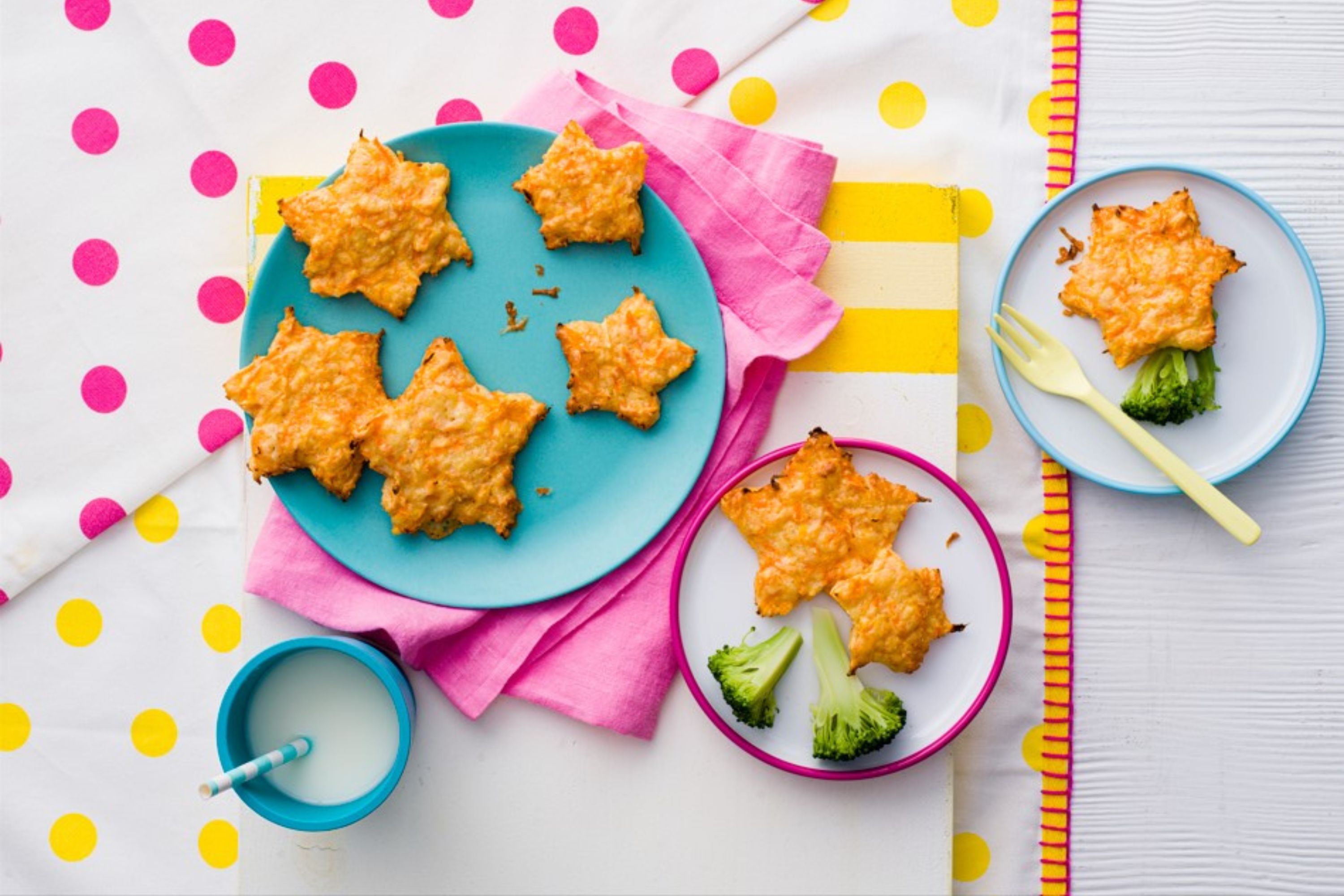
This beautifully bright beetroot raita is a perfect accompaniment to any Indian meals and snacks.
Raita is a yoghurt dip, usually made with cucumber or mint, and a delicious side dish to serve with Indian meals. The yoghurt is always a lovely cooling contrast to chilli and spices. This version is a little different because we've used cooked beetroot instead. It works so well, not only because of the piquant, earthy flavour, but also because it's so delightful to serve up a bright, neon pink dip. It's so easy to put together and it's ready in 5 minutes. We like to serve it alongside a traditional green mint/cucumber raita to give guests the choice.
Ingredients
- 100g cooked beetroot
- 1 green chilli
- 150g pot natural yogurt
- A pinch of salt
- 1tsp sugar
- 1tsp chopped mint
WEIGHT CONVERTER
Method
- Finely chop the beetroot into matchsticks. If you don't want your hands to get stained, we recommend using gloves for this. Keep the gloves on to finely chop the chilli too (or wash your hands very thoroughly after chopping it).
- Mix together all of the ingredients in a small bowl. Stir until combined.
Top tip for making beetroot raita
If you have leftovers you can cover the bowl with clingfilm and pop into the fridge and use within 1-2 days. It's great in sandwiches instead of mayo. Or you can blitz it in a mini food processor and make it into a salad dressing.
You might also like...

Octavia Lillywhite is an award-winning food and lifestyle journalist with over 15 years of experience. With a passion for creating beautiful, tasty family meals that don’t use hundreds of ingredients or anything you have to source from obscure websites, she’s a champion of local and seasonal foods, using up leftovers and composting, which, she maintains, is probably the most important thing we all can do to protect the environment.
-
 Pickled beetroot
Pickled beetrootIf you grow your own, this pickled beetroot is a great way to make your beetroot harvest last longer, so you can get that sweet beetroot flavour all year round.
By Jessica Dady Published
-
 Beetroot raita
Beetroot raitaVibrant beetroot raita is a delicious dish that's ready in 5 minutes and makes a classic Indian dip for onion bhajis or samosas
By Octavia Lillywhite Published
-
 Curry paste
Curry pasteHomemade curry paste can be the difference between a good curry and a great one. Learn how to make your own here - it's much easier than you might think.
By Nichola Palmer Last updated
-
 Annabel Karmel's trio of vegetables with tomato and basil
Annabel Karmel's trio of vegetables with tomato and basilSuitable for six months plus, this baby food by nutritional expert Annabel Karmel is made with a whole heap of veggies...
By Annabel Karmel Published
-
 Annabel Karmel's cheesy carrot stars
Annabel Karmel's cheesy carrot starsThese flavour-packed cheesy carrot stars by Annabel Karmel are perfect for introducing finger foods to your little one...
By Annabel Karmel Published
-
 Steak and salsa wraps
Steak and salsa wrapsOur steak and salsa wraps are one of those build-you-own suppers the teens in your house will love...
By Jessica Ransom Published
-
 Kate Middleton reveals 'healthy' new snack she's 'going to try' with Prince George, Princess Charlotte and Prince Louis
Kate Middleton reveals 'healthy' new snack she's 'going to try' with Prince George, Princess Charlotte and Prince LouisIt sounds delicious
By Charlie Elizabeth Culverhouse Published
-
 Feel insecure in your relationship? Check if you recognise these 6 'healthy habits'
Feel insecure in your relationship? Check if you recognise these 6 'healthy habits'If you're feeling insecure in your relationship, take a look at these six healthy habits that those in a secure partnership practice - introducing them could make a difference.
By Lucy Wigley Published
-
 Princess Charlotte's favourite snack usually requires a 'refined palate' - would your kids choose it?
Princess Charlotte's favourite snack usually requires a 'refined palate' - would your kids choose it?Princess Charlotte has inherited her love for this grown-up from her mum Kate Middleton
By Charlie Elizabeth Culverhouse Published